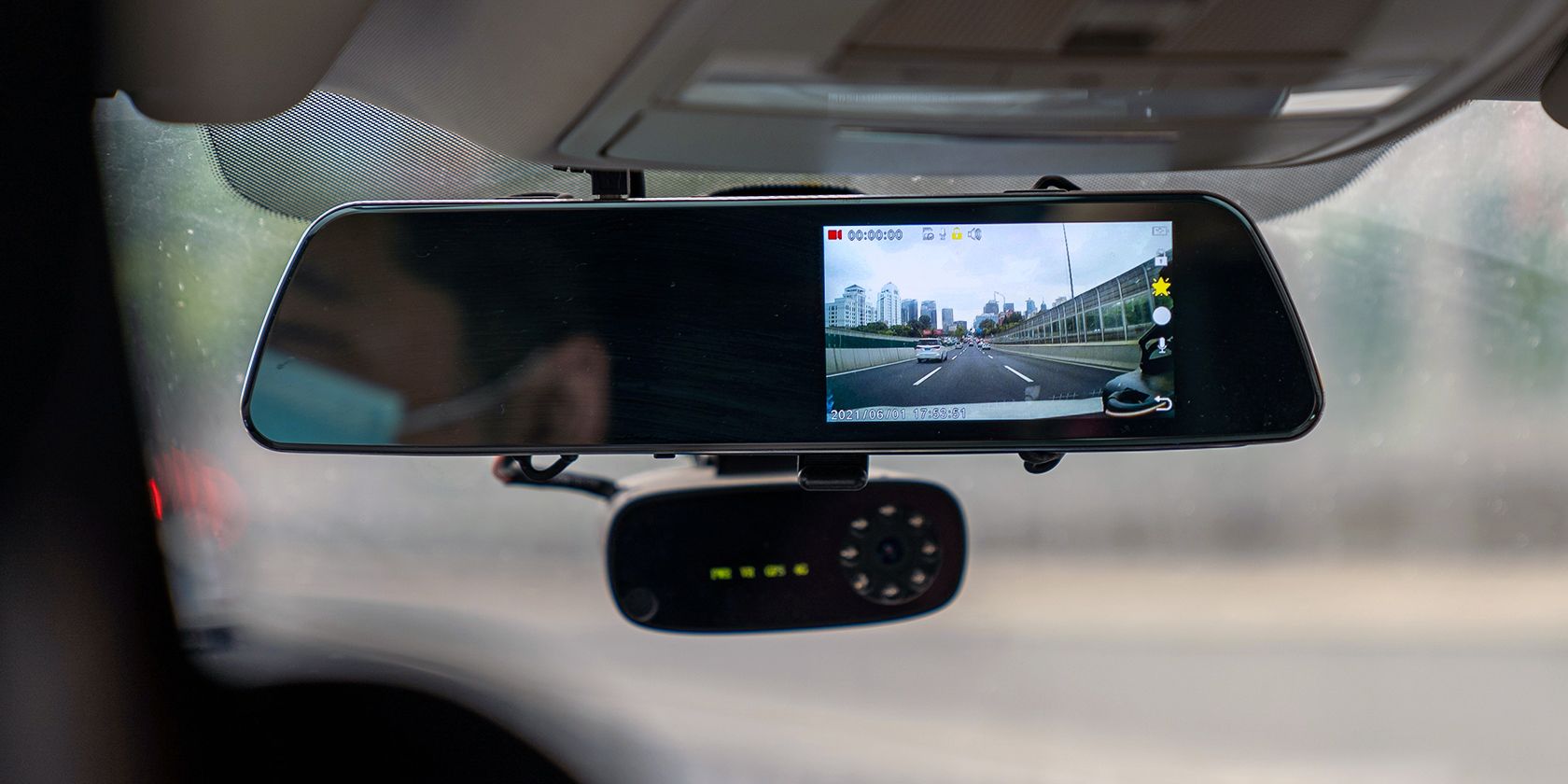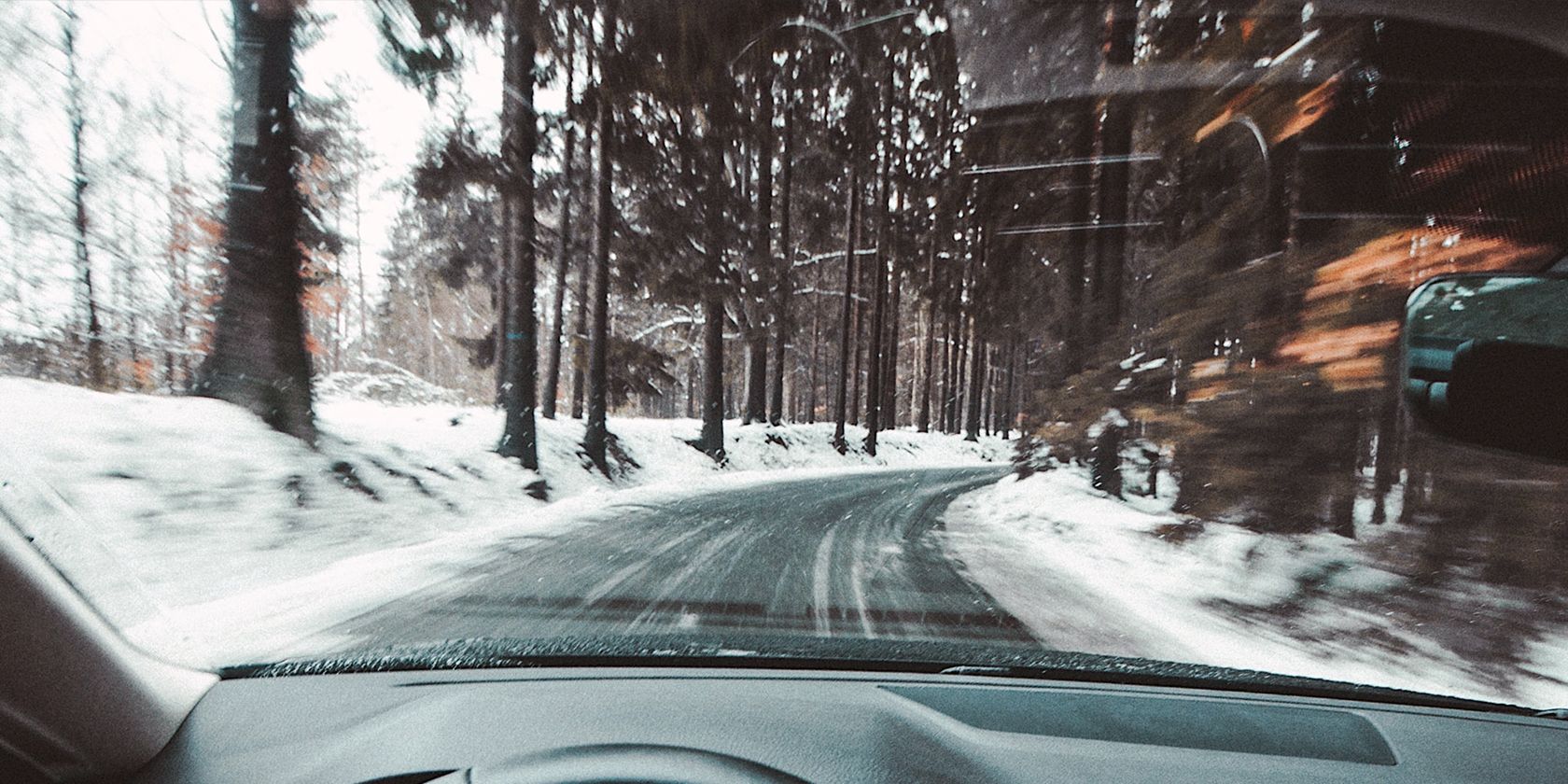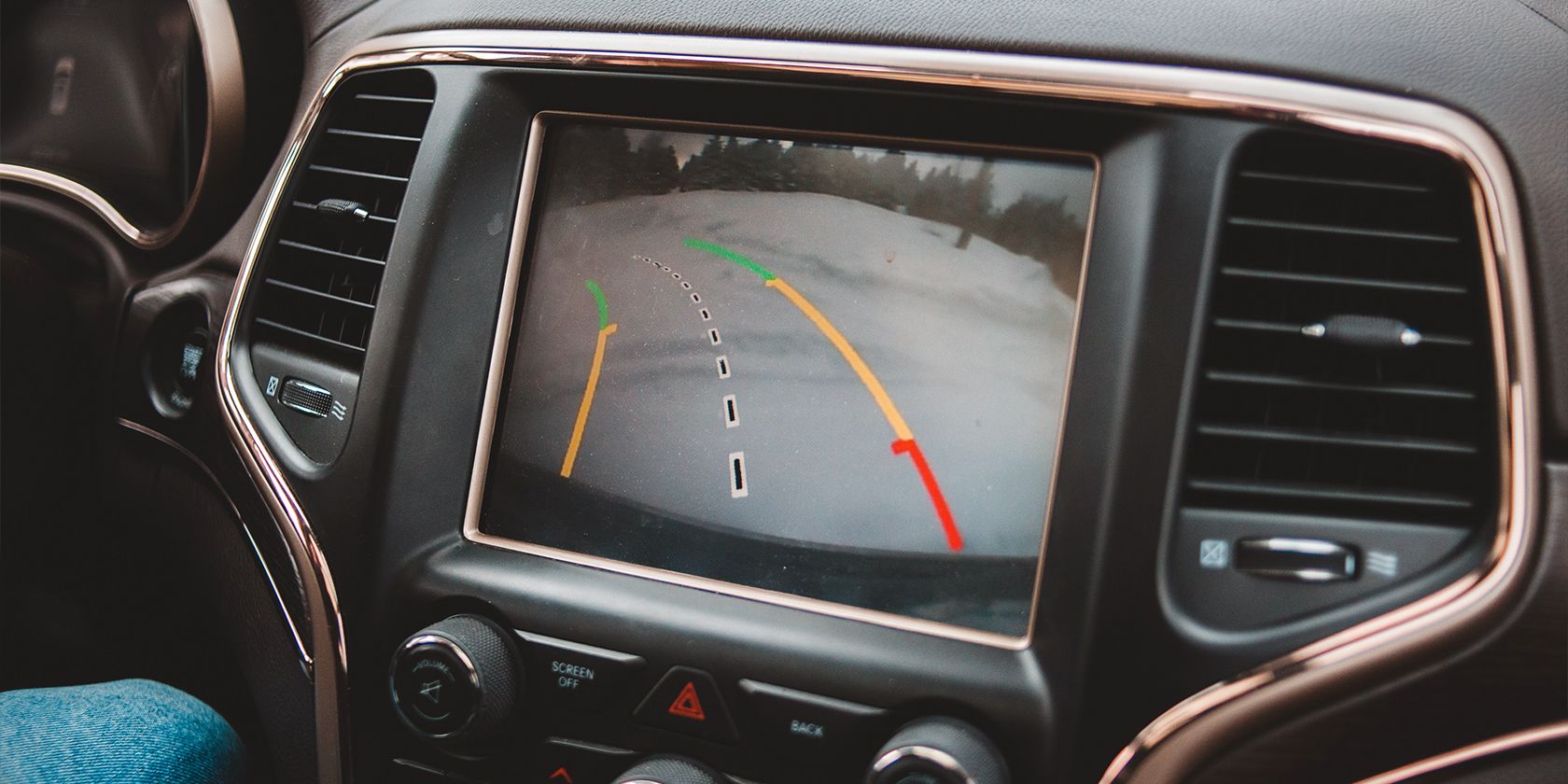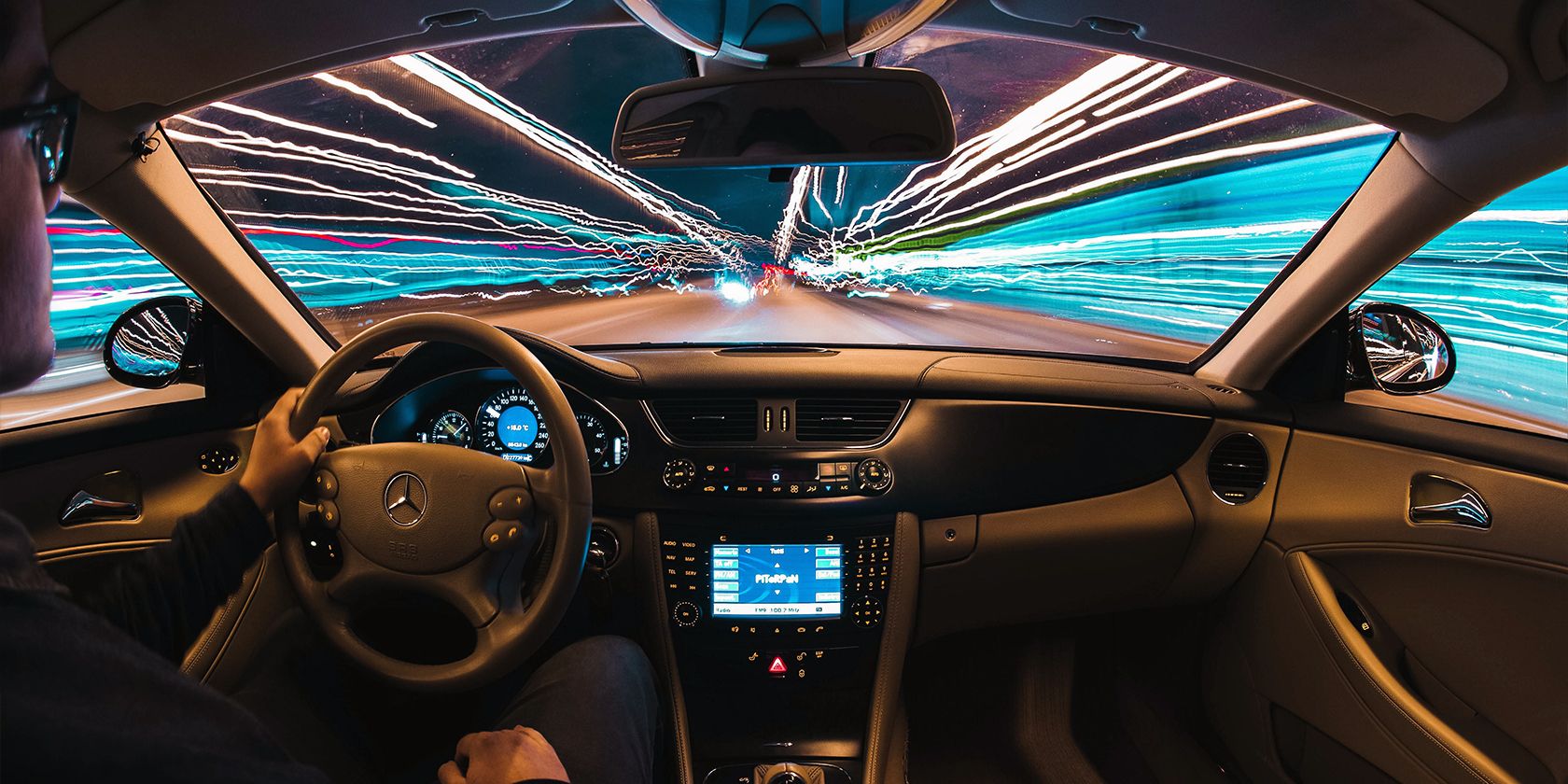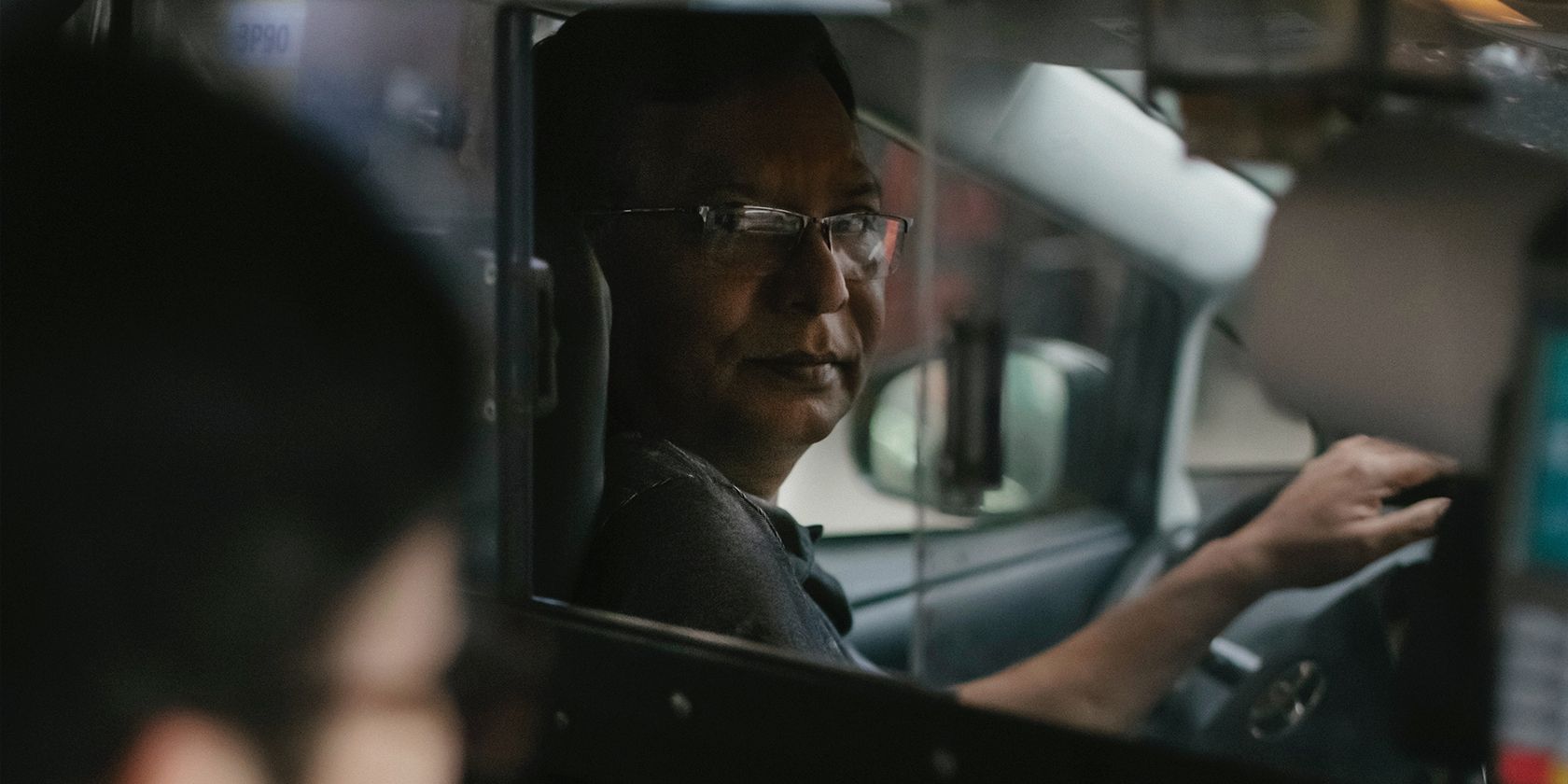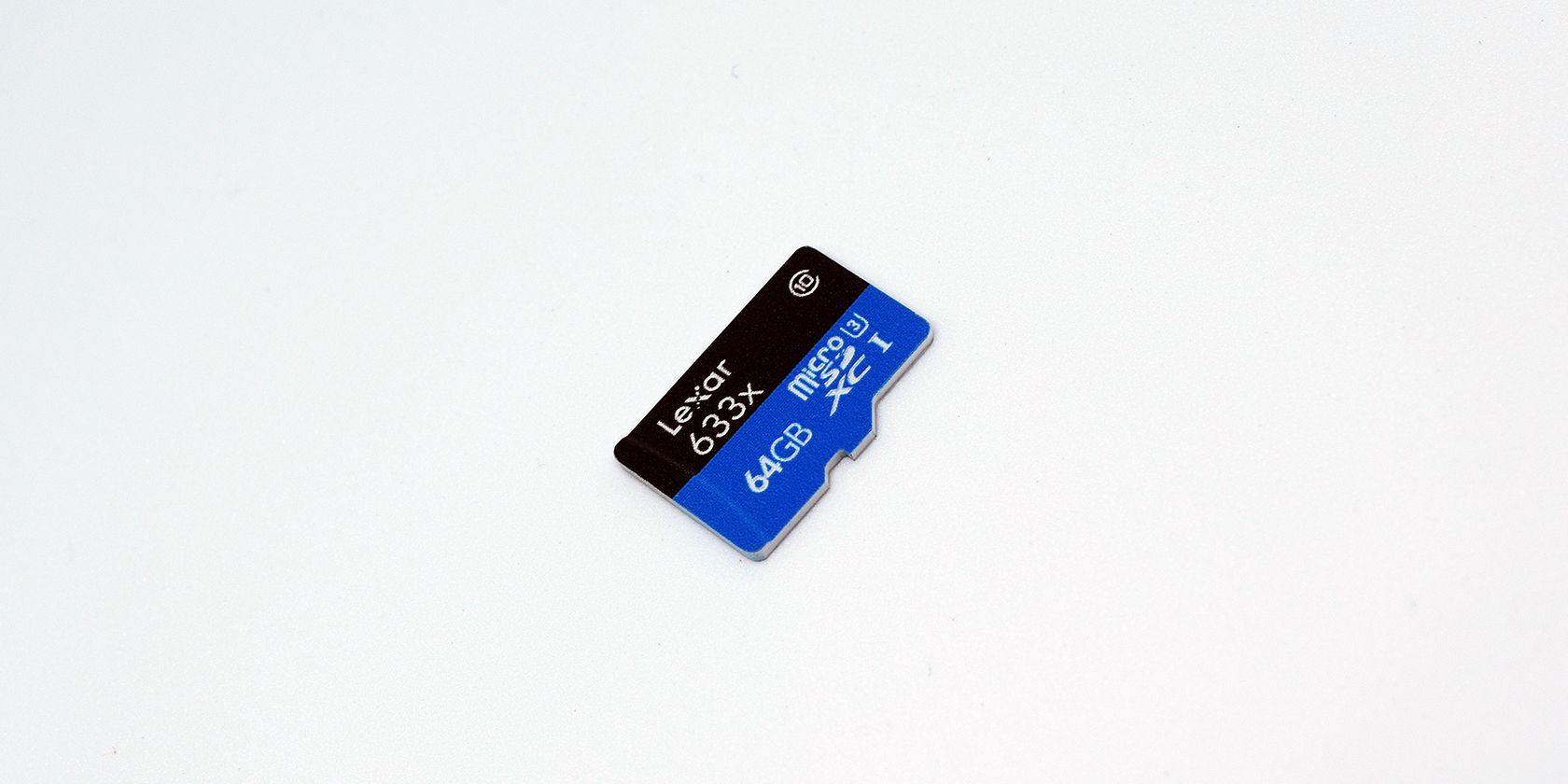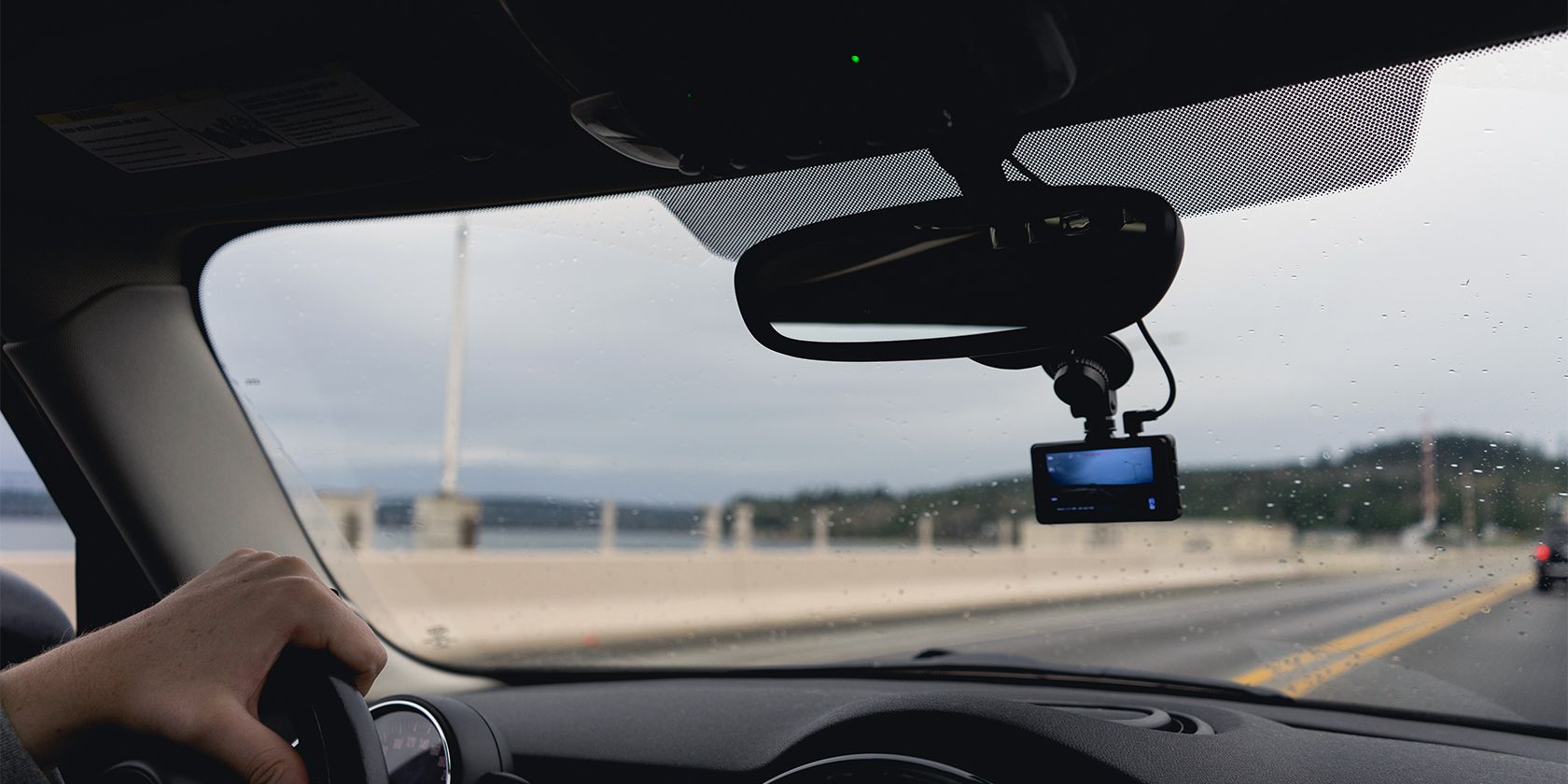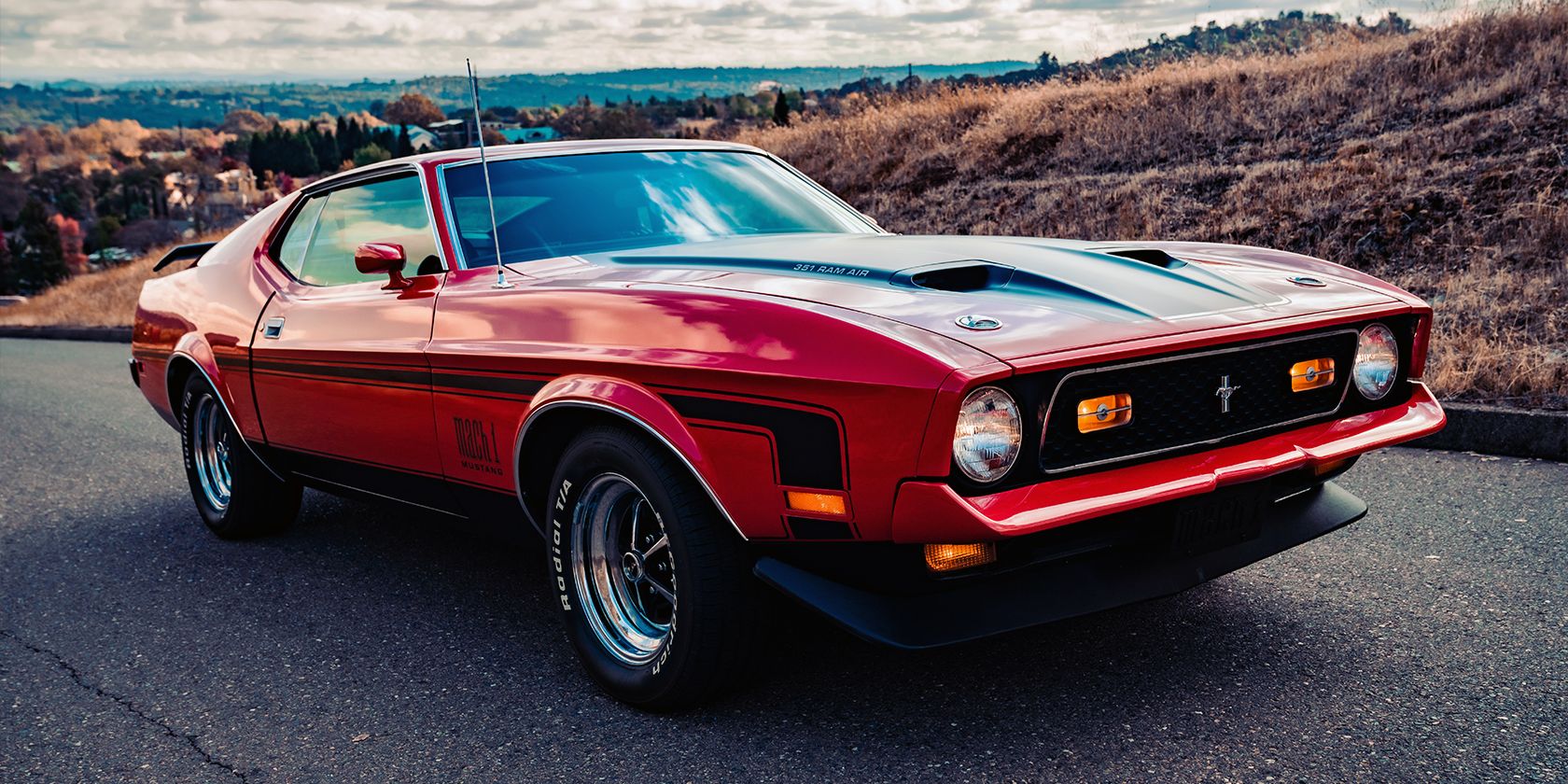Accidents can happen any time you're out driving. While you should avoid them at all costs, it's just impossible to do so sometimes. This is why you should seriously consider investing in a dashcam.
When you record your surroundings, you can protect yourself if someone tries to sue you. It's also crucial for providing documentation in your reports to both the police and the insurance company, making it easier for you to get your filed claims approved.
So, are you ready to pick a dashcam for your vehicle yet? Here are some factors you need to consider before buying one.
1. Field of View (FOV)
One of the first things you should consider is how wide the dashcam can see. The ideal FOV is between 130 and 160 degrees. When recording your vehicle, you want to ensure that you see the entire windshield from where you mount it.
Anything less than that, and you're bound to miss your car's fenders. Going as wide as possible isn't also good as it could add distortion and reduce quality near the edges of the video.
No two vehicle models are the same, so it's best to choose which one offers the best FOV for your car before buying a dashcam. If you're driving a truck or tall vehicle, you might want to get a dashcam with a bit of a wider FOV. That way, you can ensure that your fenders are covered, especially if you have a long hood.
2. Number of Cameras
Most basic dashcams come with only a single, front-facing sensor, meaning it only records what's in front of you. While this might be sufficient for rudimentary recording, it does not cover the rear, sides, and interior of your vehicle.
Some higher-end models have a front and cabin-facing camera. This is a highly-recommended option, especially for those who work with their vehicles. People who offer their cars for rent or ride-sharing can use this to protect themselves against unruly passengers. Truckers and other utility workers can also use this to monitor their interior and protect their belongings, especially when they're at work.
You may also want to get a two-camera or four-camera dashcam if you drive a lot. With the former, you can ensure that you have front and rear coverage of your car, and if you choose the latter, you'll have a complete 360-degree camera to protect you.
3. Video Resolution and Quality
When recording dashcam footage, you want to ensure that you get details off the video. That's why you must have the best possible resolution for your dashcam. The minimum recommended quality is Full HD 1080p, but if you can afford 4K models, that will be a lot better.
Beyond the pixel count, you must also ensure that the camera outputs high-quality video. That's because when you're driving, you're bound to encounter several varying conditions. It's not always going to be bright and sunny outside when you're on the road—there will be times when it's raining and snowing. The dashcam should also perform well at night and in low-light environments.
That's why you should look at sample footage from the dashcam before purchasing it. If it can capture details in different environments, you should go for the same model or buy a dashcam from the same manufacturer. If you want to be sure, try to ask around your friends if they have a dashcam installed in their car, and then ask to look at the output video.
4. Audio Recording Option
While some people may not consider sound recording as an essential function in a dashcam, it's still an excellent addition to have. Capturing environmental sounds can be great for catching events that are not within sight of the camera.
For example, if you only have a front-facing camera, the dashcam can record the moment someone rear-ends you just by hearing the sound of crashing metal. You can also use it to protect yourself by having conversations recorded, especially if a passenger accuses you of doing something you did not do or if you get pulled over.
5. Storage Capacity
You want to have the biggest capacity available on your dashcam when you're recording every moment you're on the road. This is especially true if you're using a 4K dashcam, which requires a lot of space. Most dashcams don't have internal memory. Instead, you have to purchase a third-party microSD card to store all the recordings.
Some dashcams offer a free 32GB or 64GB microSD card to keep the video files. However, you should make sure that they include a card from a reputable brand. That's because if the microSD card fails right when you need it, then the dashcam you bought is essentially useless.
If you're planning to upgrade your microSD card, consider getting larger capacity models, like 256GB or 512GB at the very least. That way, you can keep as many recordings as you need.
One more thing, no matter how large your microSD card is, you have to ensure that your dashcam supports it. If you're picking an older dashcam, it may not support high-storage SD cards. So, check the description first before you shell out your hard-earned cash.
Also, no matter how large a microSD card you have installed on your dashcam, you will still fill it up. Ensure that the model you're choosing writes over the oldest recordings automatically. That way, you don't have to reformat the dashcam's memory card every time it gets filled.
6. Mounting and Placement
Most dashcams, in fact, mount on your windshield via a suction cup. If you're buying a windshield-mounted model, check its feet to ensure it stays secure even if you drive over a rough road. After all, you don't want your dashcam falling on you as you're driving.
You must ensure that your dashcam's placement doesn't impede any other sensor or feature of your car. It must not block the view of your car's adaptive cruise control sensors, and you shouldn't place it at or near the airbags. Doing so is dangerous and could interfere with the normal operation of your vehicle.
You should also read up on local laws and ordinances. Although there are not that many rules regarding the installation and location of a dashcam, it's worth checking with your local government just to be safe.
7. Transferring Files
If you get involved in a fender bender, you definitely want to have a way to get the recording off your dashcam. After all, it's a bit inconvenient to carry around a dashcam that needs to be plugged into your car just so that the authorities can view the recording.
It's also unlikely that you're carrying around a device that will quickly read microSD cars with you all the time. For this reason, you should look at dashcams that support Wi-Fi or Bluetooth connections. That way, you can wirelessly transfer the footage you need to your phone and send it to the appropriate recipients.
Some models even offer real-time uploads to the cloud, although these are more expensive and unnecessary unless you have a significant security threat.
8. Longevity
When you're buying a new car, you expect it to last for at least five years or more. In fact, the average length of car ownership in the US is just over eight years. It's not like owning a cellphone which most people replace every two or three years.
So, if you're picking a dashcam, you want to get something that will last as long as your car. Choose models from reputable brands like Transcend and Mio if you have the budget. These manufacturers have proven dashcams that can last for years.
9. Do You Really Need a Dashcam?
Every motorist should have a dashcam for their protection. But you have to ask yourself—does your car actually need one? Some vehicles, like the new Teslas and specific models of the new Ford Bronco, already have a built-in camera. In such cases, you don't need to purchase a third-party camera. Just dig into your car's manual and see how you can activate and use it.
Dashcam Gives Peace of Mind
As more and more cars populate our roads, the more crucial it becomes to have a dashcam in your vehicle. Not only does it protect you, but it can also help fellow motorists out there. With a recording device turned on every time you drive, you can ensure that any accident or incident you capture can be shared with the proper authorities to help with its resolution.

